Quartzy: the creating space edition
Happy Friday!
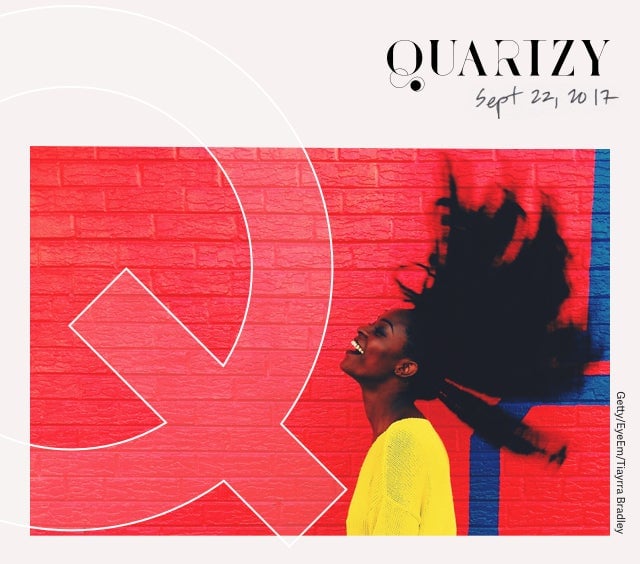
Happy Friday!
I’m Eshe Nelson. I usually write about economics and European politics for Quartz in London. This week, I’m also moonlighting as your guest writer for Quartzy.
About a month ago—incidentally, on the same weekend as the Charlottesville protests in the US—I visited the acclaimed Soul of a Nation exhibition at London’s Tate Modern. The exhibit documents the work of black artists in America from the height of the Civil Rights movement in the early 1960s to the 1980s. It’s extensive, moving, and politically charged, asking how art can be used as resistance.
In the first room, I was stilled by America the Beautiful, a 1960 abstract piece by Norman Lewis. At first, it appears to be simply a large black canvas, splattered with white triangles. Then, it becomes clear that those triangles represent the hoods of Ku Klux Klansmen—an image that felt all too familiar, just days after photographs of white supremacists yielding torches at night had spread across the news.
I left the exhibition feeling a huge sense of pride in the beauty of what black artists created in the face of oppression. Today that work remains iconic and powerful. But it’s inescapable that this work—and this resistance—is still relevant. Under that pride is a sense of despair, that maybe the arc of the moral universe doesn’t bend towards justice after all, but round in a circle.
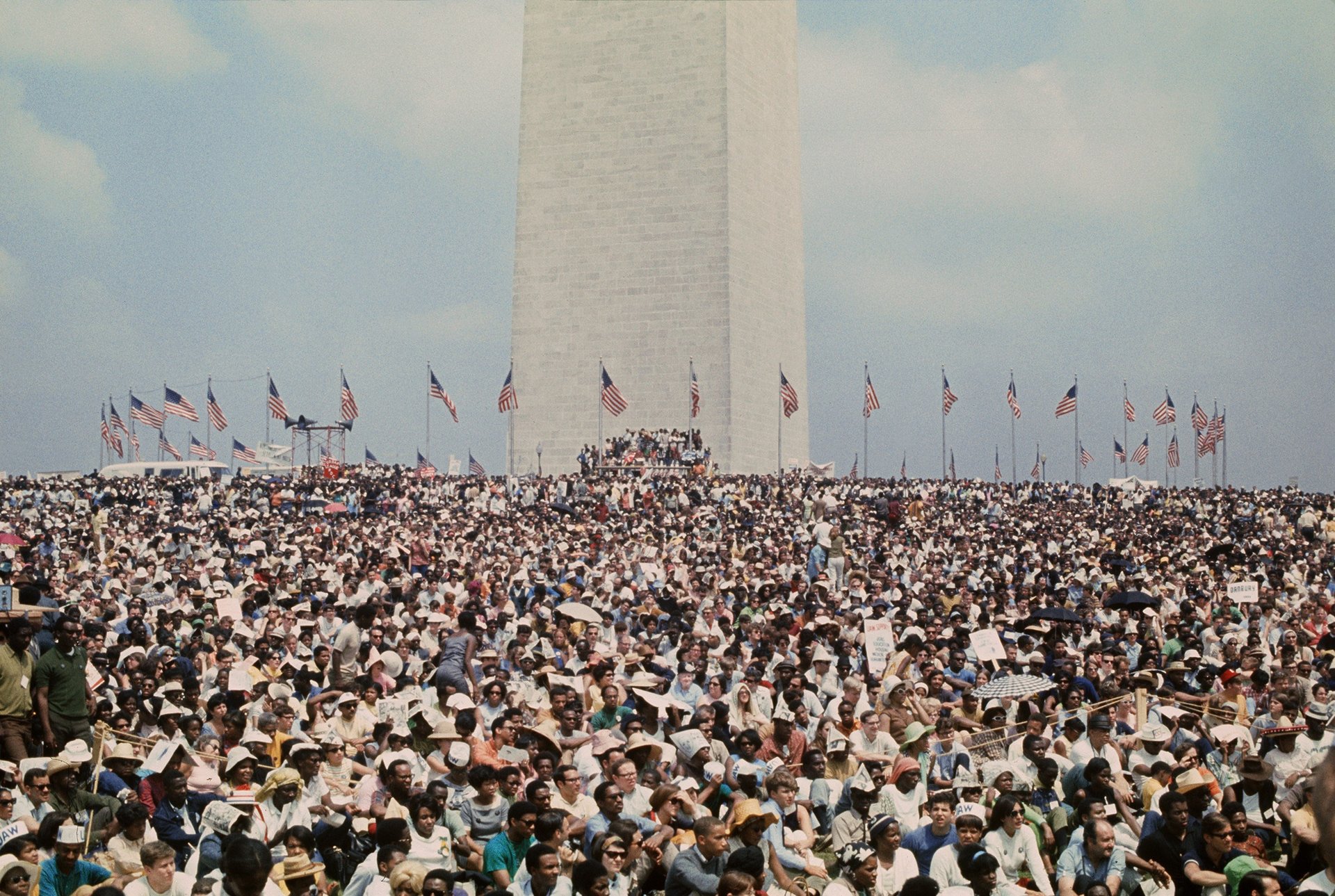
When that despair creeps in, I return to the artists and activists whose work inspires me. At the top of a long list is Solange. Not satisfied to be labeled as just Beyoncé’s little sister, Solange insists on forming an independent image—and one that blurs traditional definitions of art and media. Solange choreographs her shows, directs her music videos, and holds performances that might be described as “movement installations.” In other words: she has created a space for herself.
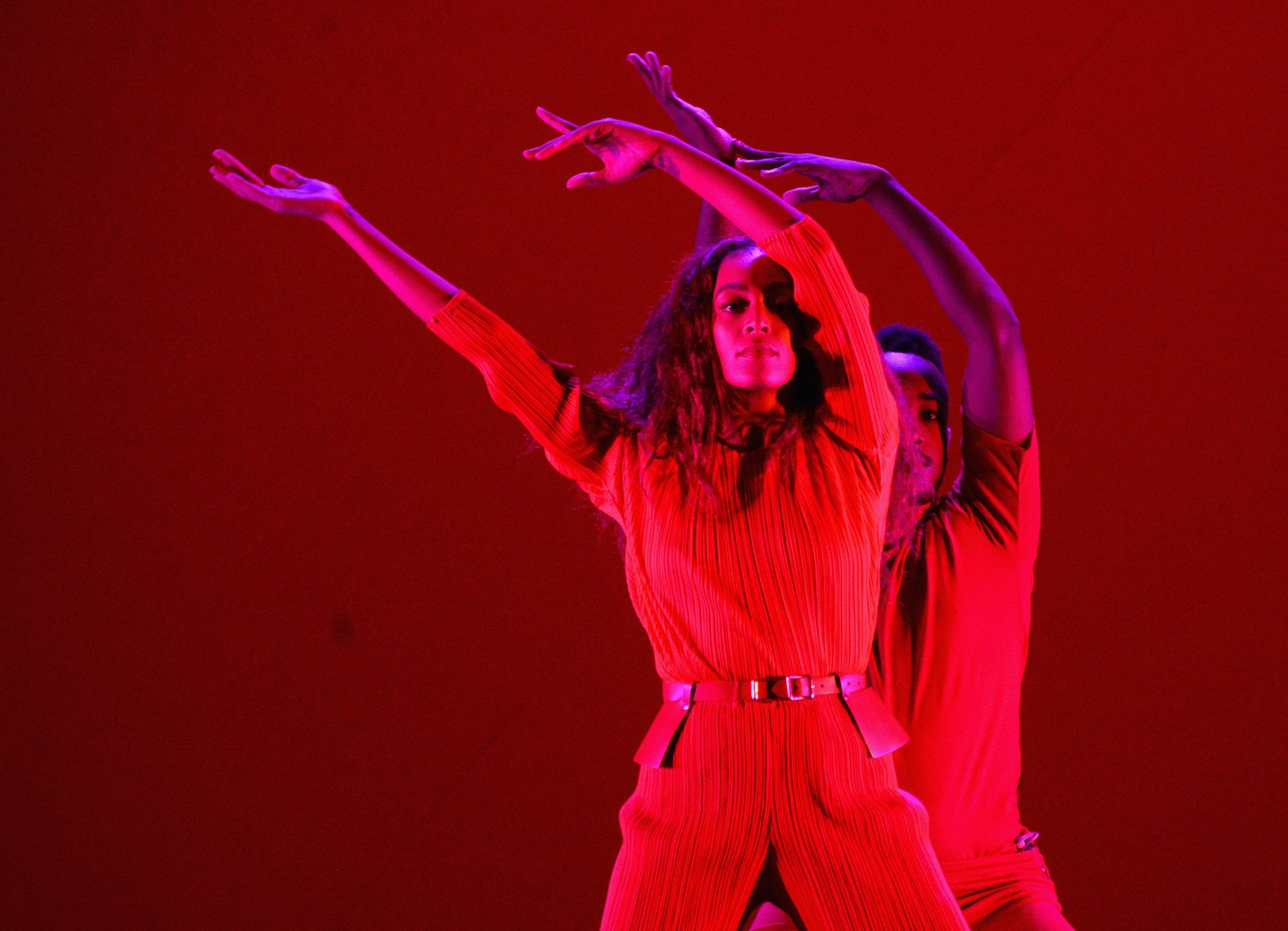
In response to Soul of a Nation, Solange created an interactive digital installation, Seventy States, with the artist Carlota Guerrero, which you can find online. The project marries music and video concepts from her outstanding album A Seat at the Table with new work created for the Tate. What struck me most is how bold and unafraid Solange is in proclaiming her identity as a black woman, and that her work is created for black people. The space she has created is big enough to be shared with others too.
The concept of “space” and ownership is often fraught. Just last weekend in St. Louis, MO, Black Lives Matter protesters were fighting for their right to be heard, when police allegedly shouted back “Whose streets? Our streets!”—a protest chant long understood to be about control of space. And while Soul of a Nation features American artists, the exhibit’s popularity in London reinforces that race and discrimination are topics we need to more openly address here in the UK. When Brexit and threats of terrorism create an urge to turn inward, it’s more important than ever to create a space for this conversation, and for each other.
If you are in London between now and Oct. 22, you can still see Soul of a Nation. If not, you can explore the exhibit online, and listen to these great playlists. As for my own space, a postcard image of Lewis’ piece hold pride of place on my bookshelf alongside James Baldwin, Ta-Nehisi Coates, Paul Beatty, and Chimamanda Ngozi Adichie.
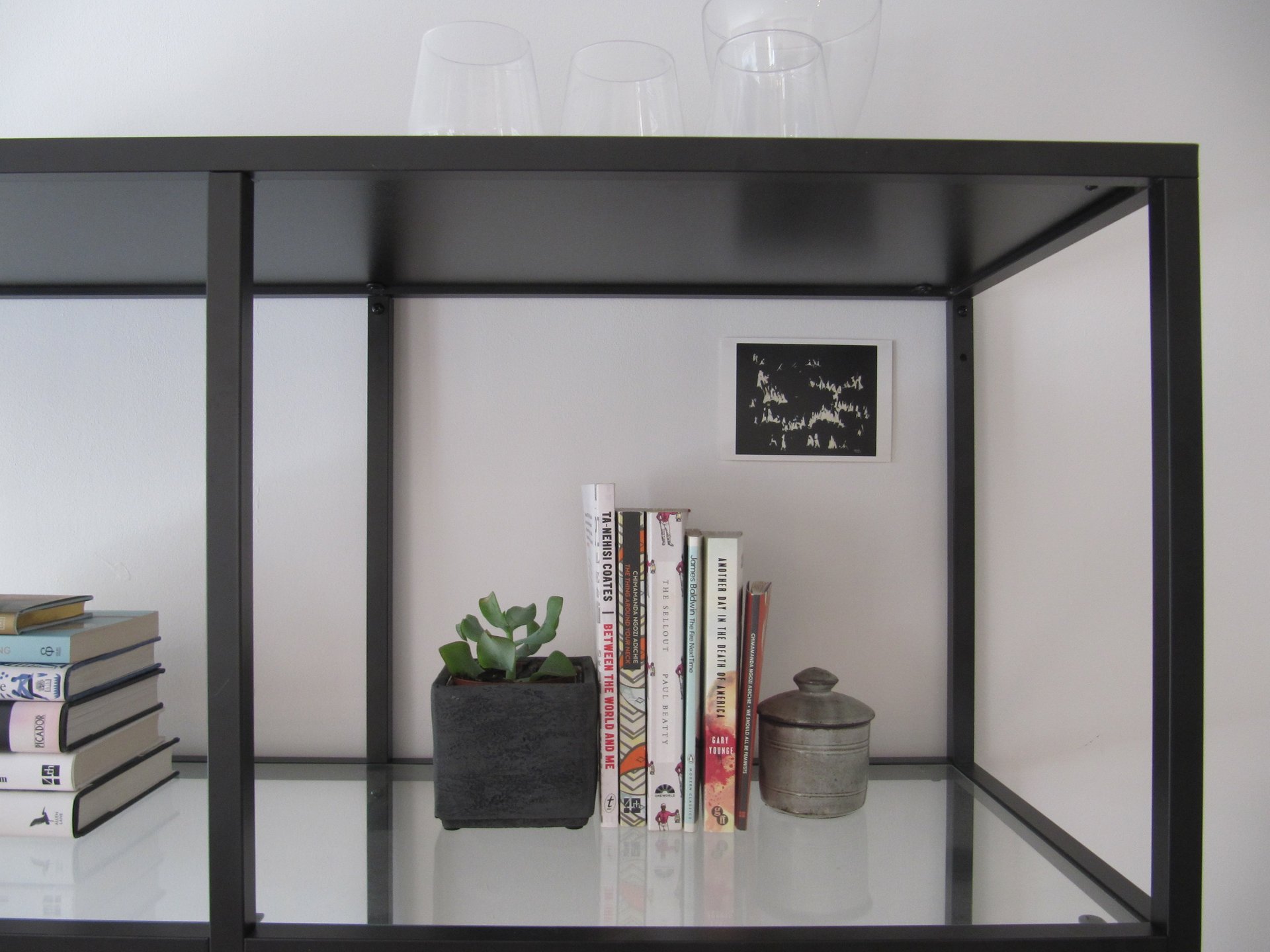
Speaking of creating a space for oneself, the “awkward black girl” is finally getting hers on television. The term was once the title of a webseries from Issa Rae, but today it might describe some of the most interesting protagonists on the small screen, thanks to Rae’s LA-based Insecure and Michaela Coel’s London-based Chewing Gum , as my colleague Aamna Mohdin recently wrote:
“The narratives of black women don’t have to be extraordinary to be worthwhile. In both shows, the protagonists are awkward, dazed, and hapless figures trying to find solutions to mundane problems—and that’s what makes them brilliant and relatable.”
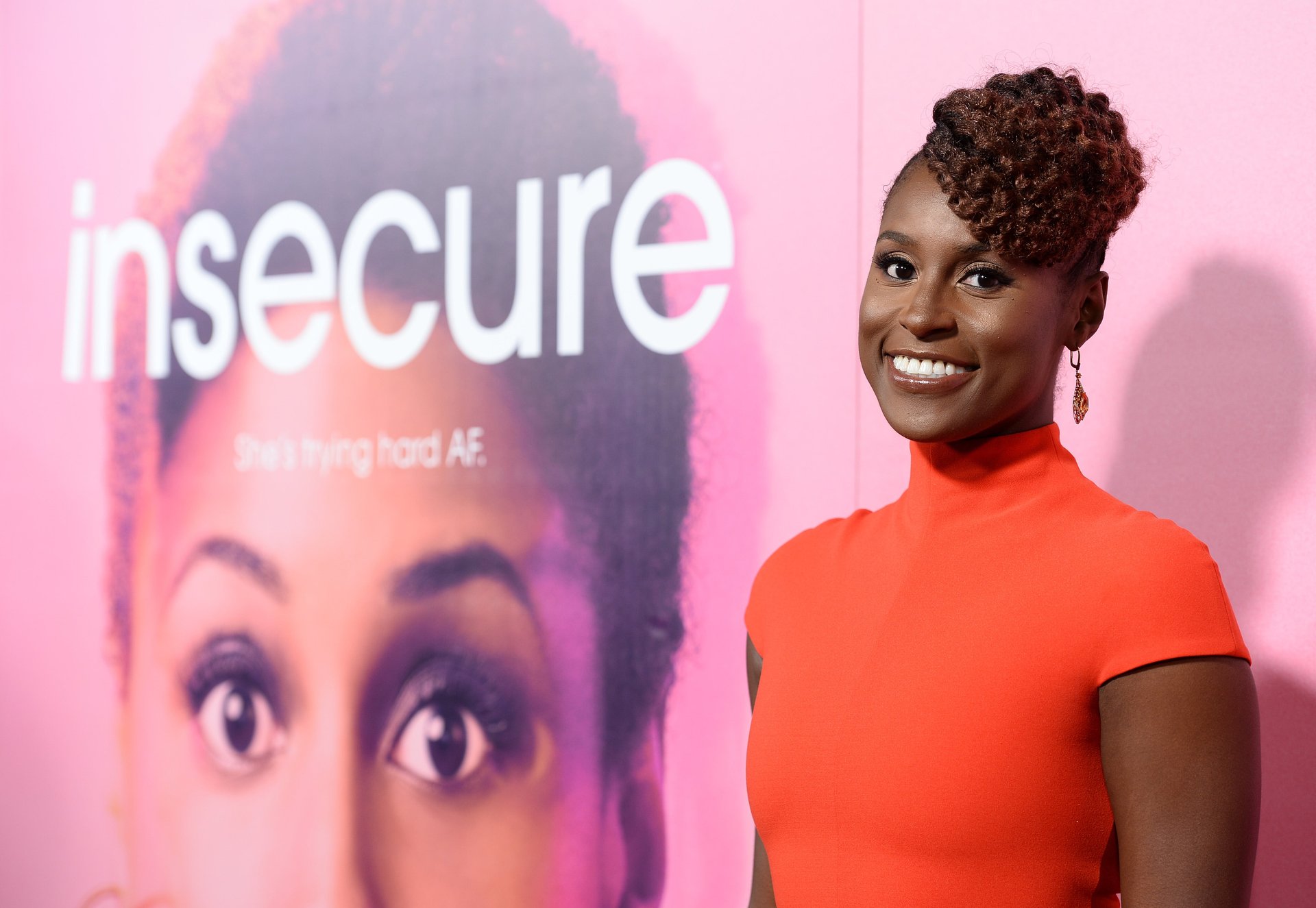
Here, some more recent favorites, featuring stars both brilliant and relatable:
- The Incredible Jessica James: This Netflix film starring former Daily Show correspondent Jessica Williams is a perfect Friday night or rainy Sunday rom-com that won’t make you cringe—or maybe a little, but in a good way.
- The second season of Master of None: Aziz Ansari’s whole series is Netflix binge material, but the autobiographical Thanksgiving episode written by and co-starring Lena Waithe as a woman coming out to her family manages to be moving, personal, and hilarious. This won Waithe an Emmy for comedy writing last week—a first for a black woman.
- Brown Girls: This webseries—which already has an Emmy nomination in advance of a 2018 debut on HBO—is crude, tears-in-your-eyes funny, and heartwarming. Think Broad City, but in Chicago and populated by black and brown people.
- ABC’s Black-ish, now three seasons in, is an update to the classic family sitcom, and getting a spinoff next year in the form of Grown-ish, which will follow Yara Shahidi’s character to college (pictured below with Rae, Aja Naomi King, and Janelle Monáe).
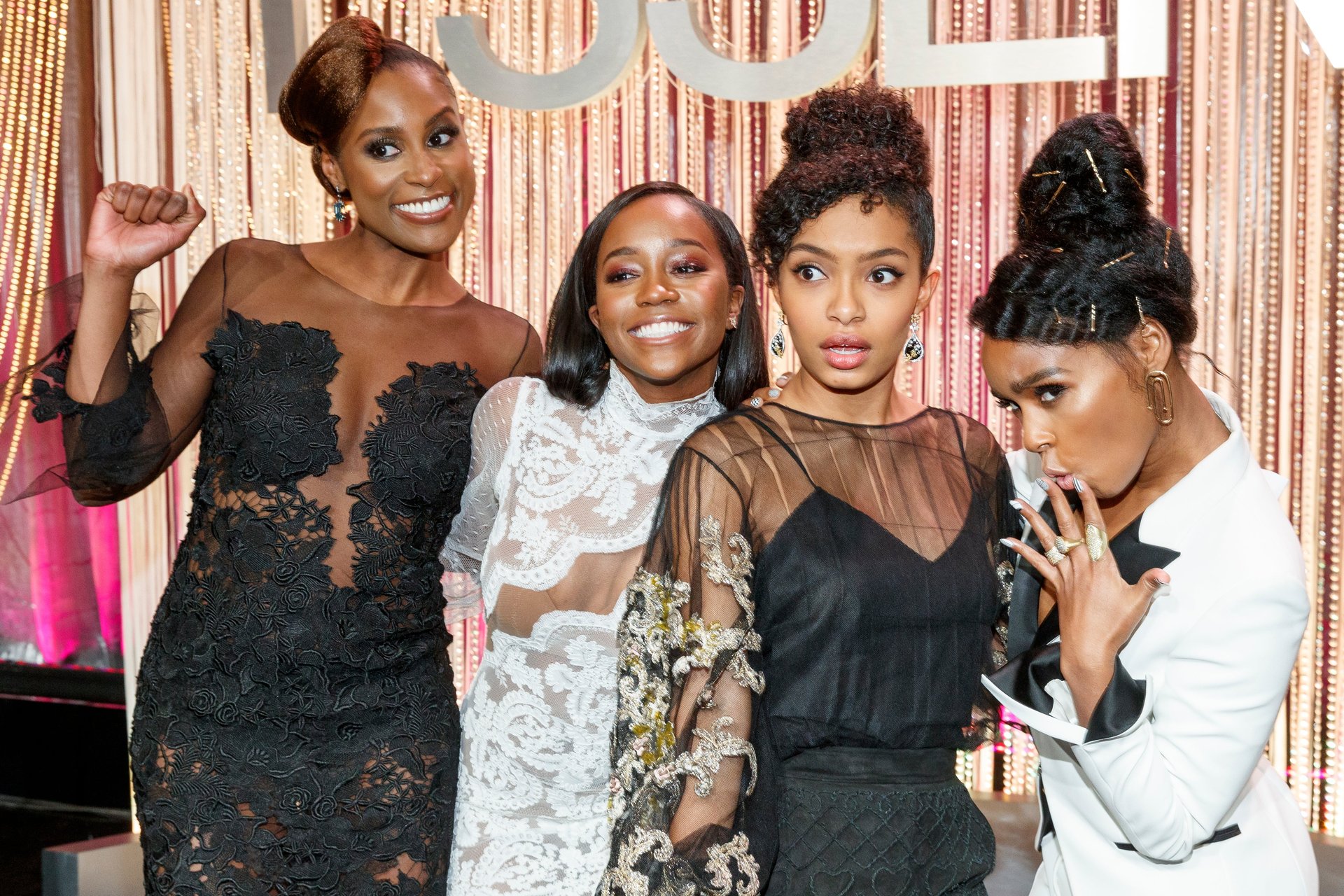

A positive space … with plants. I hate to be a millennial cliché, but I acquired a baby peace lily earlier this year, and we’ve been in a rollercoaster relationship ever since. First there was a bug infestation, then yellow leaves and near-death, followed by miraculous new leaves, and an onslaught of different bugs. I was on the verge of abandoning it altogether when the geniuses at The Old Farmer’s Almanac advised me to pop a clove of garlic into the soil. And reader, it worked! If you’re embarking on a similar experiment, they have lots more tips. (Fun fact: plants like cooled pasta water.)
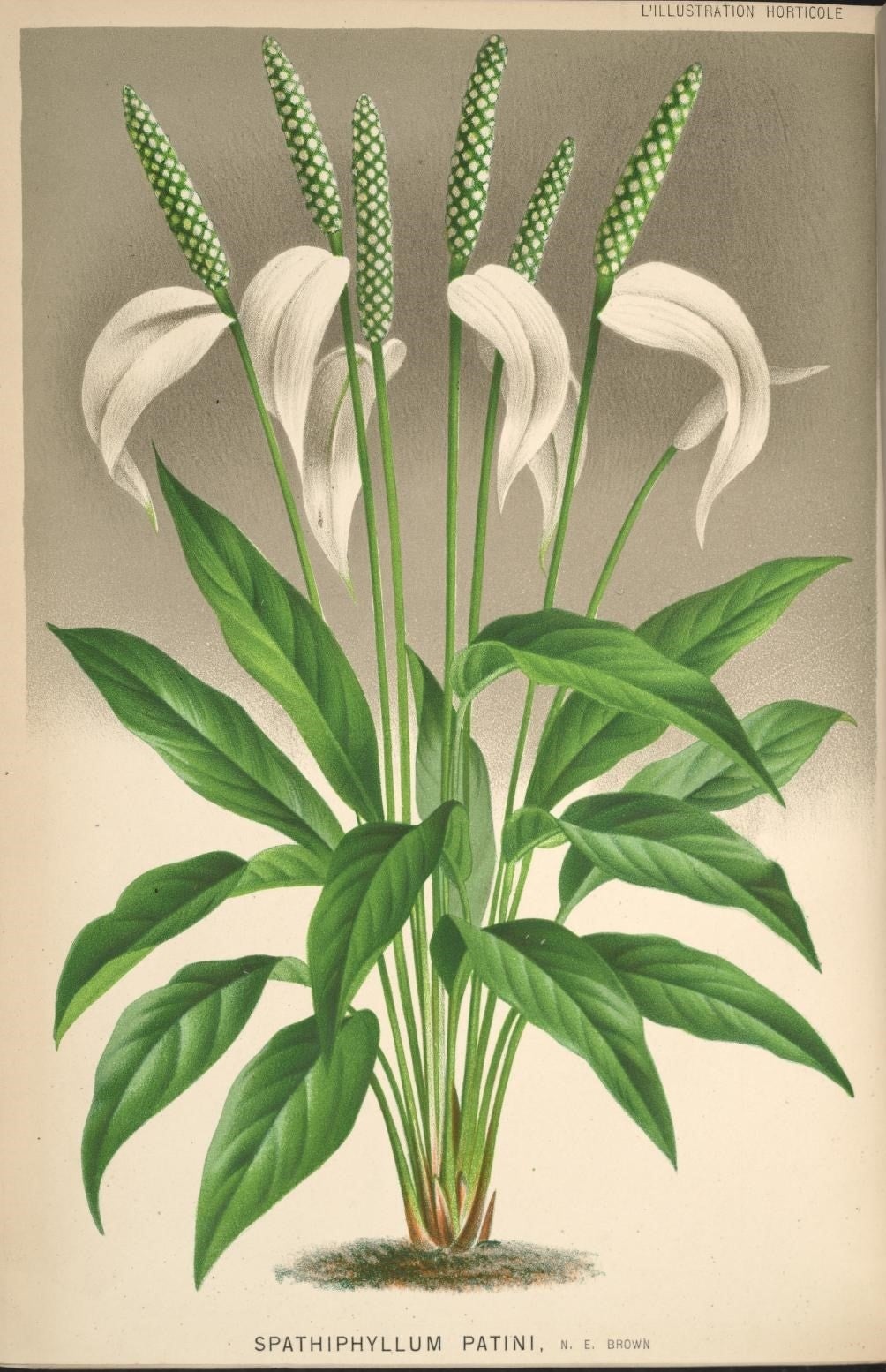
I buy my plants from Walworth Garden, which doubles as a charity with classes for gardening, yoga, and bee-keeping. If you live near a community garden, check it out. These positive spaces depend on local support. Plus, the plants are cheap and there’s nothing quite like watching something you’ve nurtured grow—like a really, really low-stakes child.
Have a great weekend!


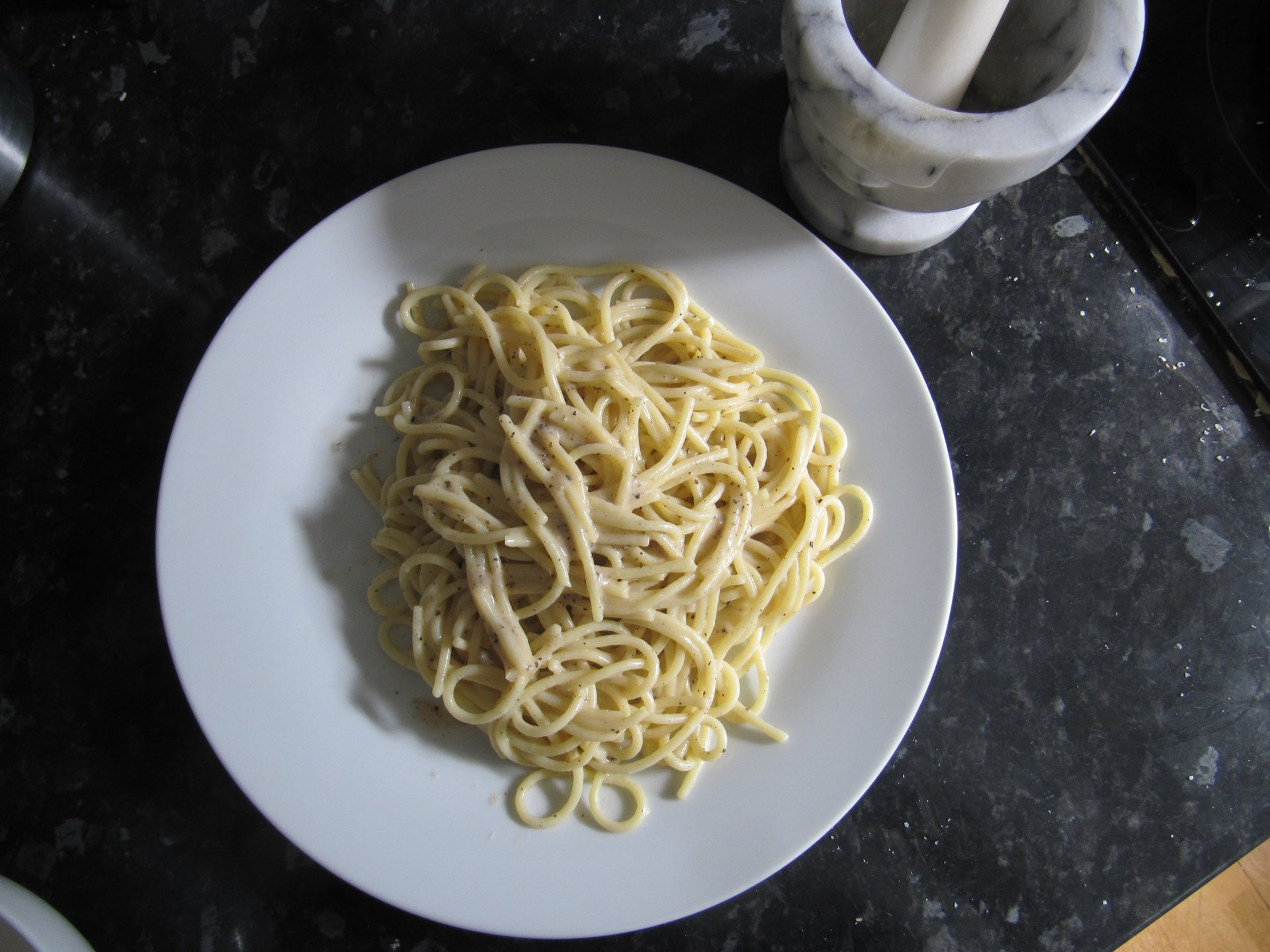
With cooler weather comes the season for one of my favorite pasta dishes, cacio e pepe. The quality of your ingredients will make or break this simple Roman dish—just pasta, cheese, and pepper. My favorite pasta restaurant in London, Padella, uses the fat spaghetti known as pici, which is surprisingly simple to make at home. Store-bought spaghetti works too. In that case, check for a high protein content (10g+ per 100g) as an indicator of quality pasta with minimal additives. As for the cheese, Romans use pecorino. Here’s the recipe, for two people:
Boil a large pot of water. Once it’s boiling, add lots of salt. (In a recent pasta-making class, I learned the water should be as salty as the Mediterranean sea.) Add 200g of spaghetti pasta (7oz), and cook to your liking. After five minutes, scoop 250ml (about a cup) of the pasta water into a bowl and set aside to cool. Once the pasta has finished cooking, drain it, and set it aside. In another saucepan, over very low heat, add 80g (2.8oz) of finely grated pecorino (at room temp), a teaspoon or so of crushed or freshly ground peppercorns, and slowly mix with a small amount of the reserved pasta water until you have a paste, and then a thick sauce. Add the pasta and toss it in the sauce, adding water little by little until each strand of pasta is coated. You probably won’t need all the water (but you can keep it for your plants)! Keep this dish moving and the sauce will come together.